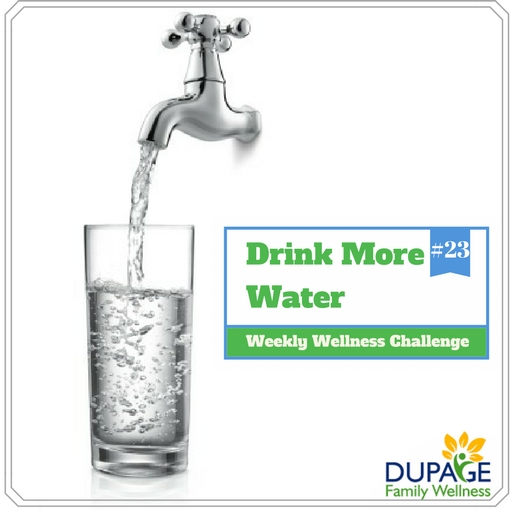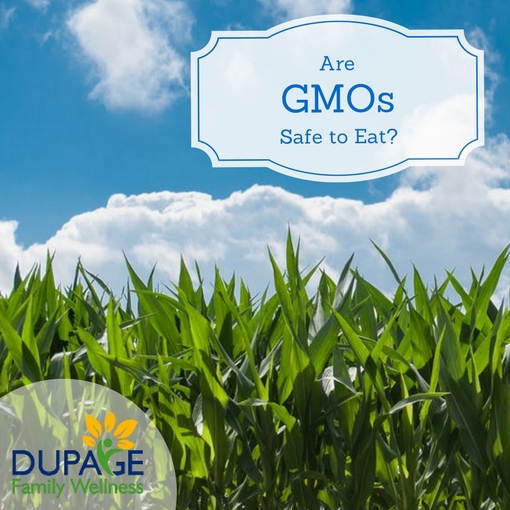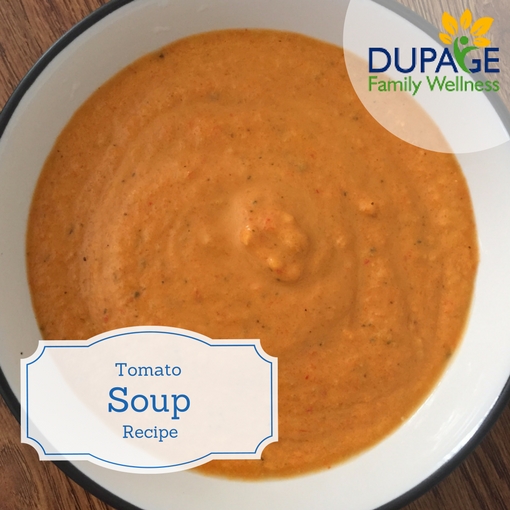
When I tell people how I recommend that they eat most of the time (REAL FOOD, mostly veggies and meat), one of the biggest hesitations that I hear is "What about Pizza?!" I know pizza has become a staple in America with 3 billion sold each year (that means 350 slices are consumed across the country every second of every day!).
One of the reasons I love having people eat REAL FOOD is that it seems to lead to sending your body real signals of how hungry or full you are. I know for me, when I do eat "traditional pizza," I can (and do) eat A TON of pizza. It takes lots of will power for me to not overindulge. When I'm eating meats and veggies, I don't have this problem!
So is pizza totally out on this real food diet? In our house, we enjoy eating cauliflower crust pizza or Meatza with a Meat crust (topped with lots of veggies) a few times a month!
Read more ...
What is SIBO?
SIBO stands for Small Intestine Bacterial Overgrowth.
Unlike the large intestine, the small intestine should have relatively few bacteria. Too many bacteria in the small intestine, can cause digestive issues and other symptoms in the digestive tract and throughout the body. When you eat certain foods, these bacteria start rapidly fermenting the carbohydrates before properly breaking them down, creating gas. In the large intestine, this fermentation is normal, but when it happens in the small intestine, it can be quite uncomfortable and problematic. SIBO has been shown to negatively impact the structure and function of the small intestine. It may interfere with digestion of food, absorption of nutrients, and can damage the cells lining the small intestine.
What are the symptoms?
The most common symptoms of SIBO are
- Gas
- Bloating
- Constipation
- Diarrhea
- Fatigue
- Skin problems
- Halitosis (bad breath)
- Muscle aches, pain and weakness (fibromyalgia)
- Brain Fog
Read more ...

Water is the most abundant liquid on our planet. It makes up more than 70% of the earth’s surface. Your body is approximately 60% water. Yet, you may not be drinking enough water each day.
The fluids in your body have many functions. These include digesting food (prevents constipation), flushing out toxins, moistening tissues such as eyes, throat, and nose, lubricating joints, circulating blood, creating saliva, transporting nutrients, and maintaining body temperature.
How do I know If I'm dehydrated?
Your urine should be pale yellow in color if your are healthy and drinking enough water. When you are dehydrated, your urine has a strong odor, and is yellow or darker in color. This means that it is concentrated and your body is getting rid of waste, but doesn’t have enough water to flush it out.
If you feel thirsty, your body is telling you that you are already dehydrated. Some symptoms of severe or chronic dehydration are muscle pain, low back pain, headaches, constipation, dry itchy skin, nose bleeds, sinus pressure, fatigue, craving sweets or hunger after eating, sticky roof of mouth, low blood pressure, dizziness with standing, muscle cramping, rapid heart beat, and repeated urinary tract infections.
Read more ...

Recently, I have had several questions from patients and people in my nutrition bootcamp program about GMOs.
What is a GMO?
GMO stands for Genetically Modified Organism. This is an increasingly popular topic in the news. There is controversy over labeling of genetically modified products.
Many people believe that GMOs are the simple cross breeding of plant species that farmers have been doing for years. This is NOT the case. Current procedures for making genetic modifications are high tech and sophisticated techniques like gene-splicing, rather than the natural, low-tech methods of cross pollination.
Are GMOs safe for human consumption?
One of my main concerns with GMO foods is that there are few studies (especially anything long term) on how they impact humans. My philosophy is to keep our food simple, go back to the basics, and eat foods more like our great grandparents ate, rather than processed food invented within the last 75 years. Clearly genetically changing the makeup of vegetables (and in the pipeline they are working on creating GMO animals as well) does not fit in with this philosophy of back to the basics old and simple foods.
Read more ...
A few weeks ago Jared threw this recipe together, and it was so delicious that we have made it every week since then! It has no dairy, no grains, and is full of vegetables! Typical canned soups are full of cheap and highly processed ingredients. Here is a quick list from Campbell's Tomato Soup...Tomato Puree (Water, Tomato Paste), High Fructose Corn Syrup, Wheat Flour, Water, Contains less than 2% of: Salt, Potassium, Chloride, Flavoring, Citric Acid, Lower sodium natural sea salt, Ascorbic Acid (vitamin C), Monopotassium Phosphate, Celery Extract. YIKES!!! That is a lot of reasons to make your own! Here is our EASY recipe, let us know what you think!!
Ingredients:
8 tomatoes, roughly chopped
1 onion, roughly chopped
1 red pepper (or yellow/orange), roughly chopped
2-3 stalks of celery, roughly chopped
2 carrots, diced
1-2 tablespoons garlic, minced
1 tablespoon basil
1 tablespoon oregano
Salt and Pepper to taste (I feel like soups usually need more salt than I would think to bring out the flavors, taste as you go, you can always add a little more)
1 can coconut milk
1 tablespoon of coconut oil
Chicken stock, (optional)
Read more ...







